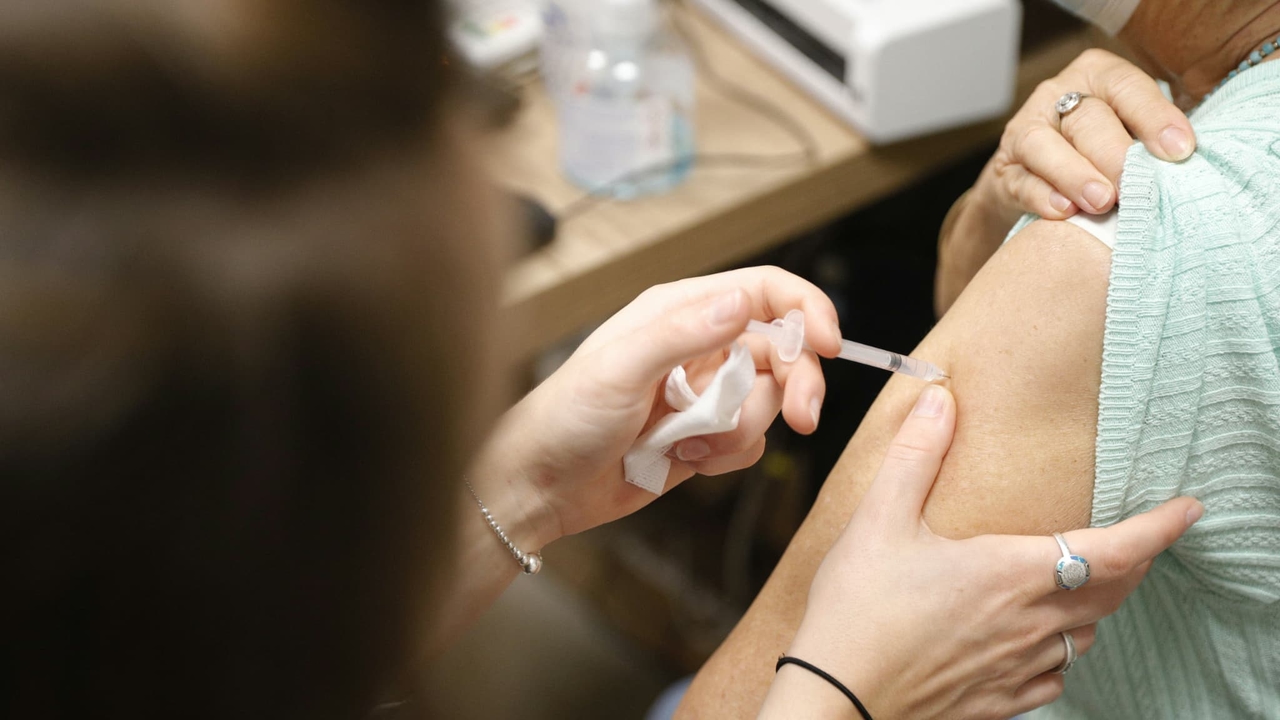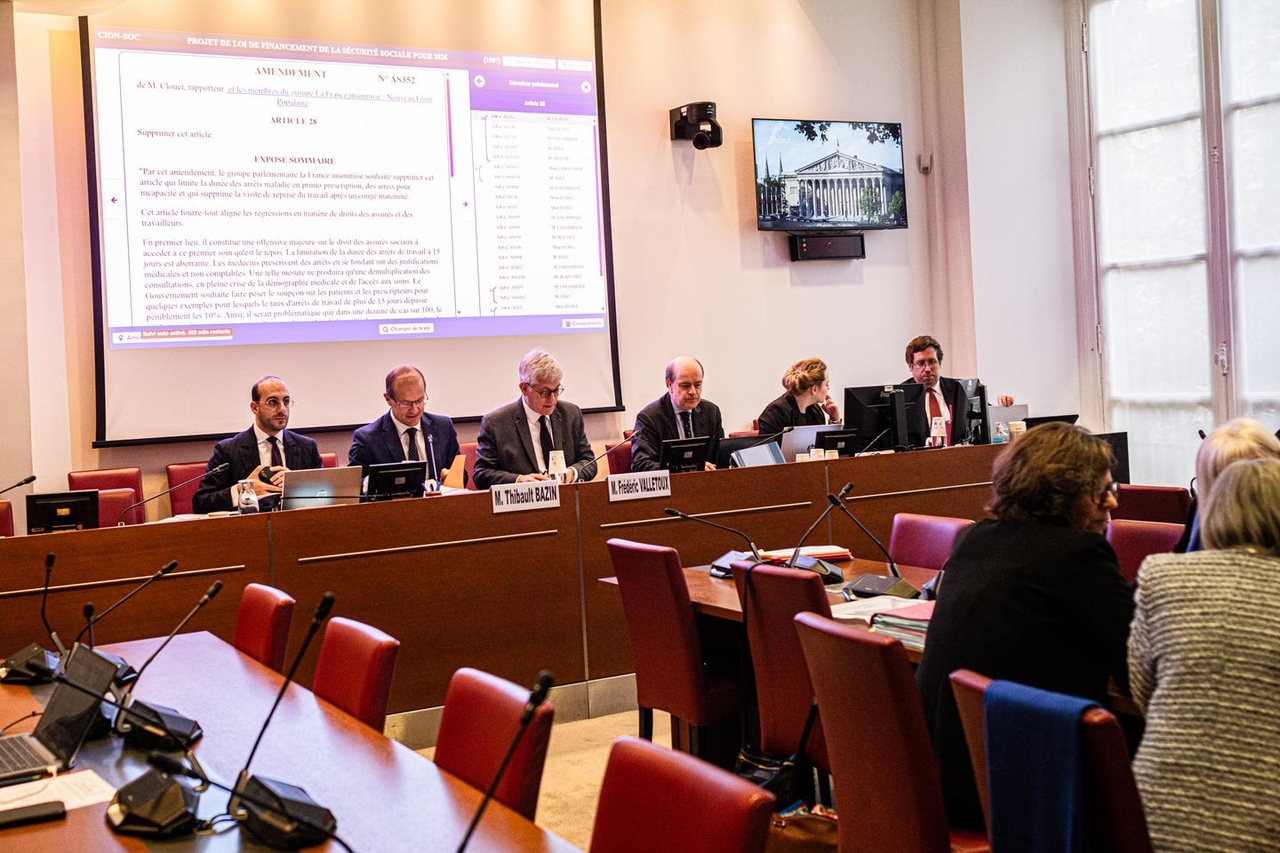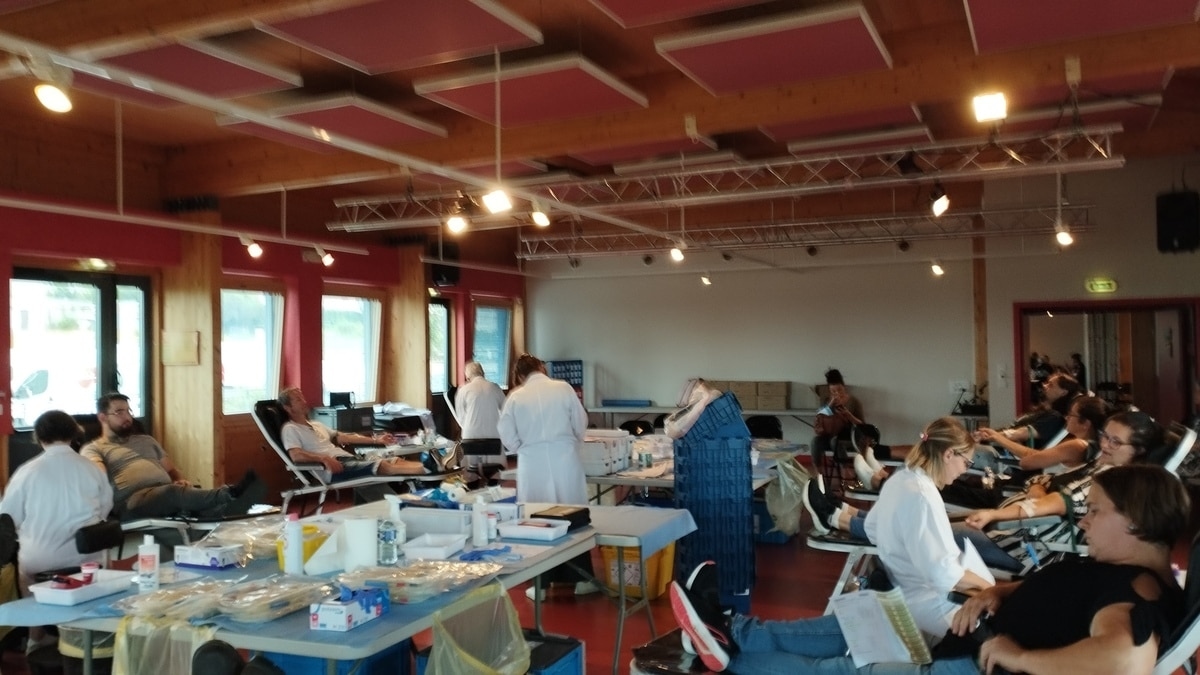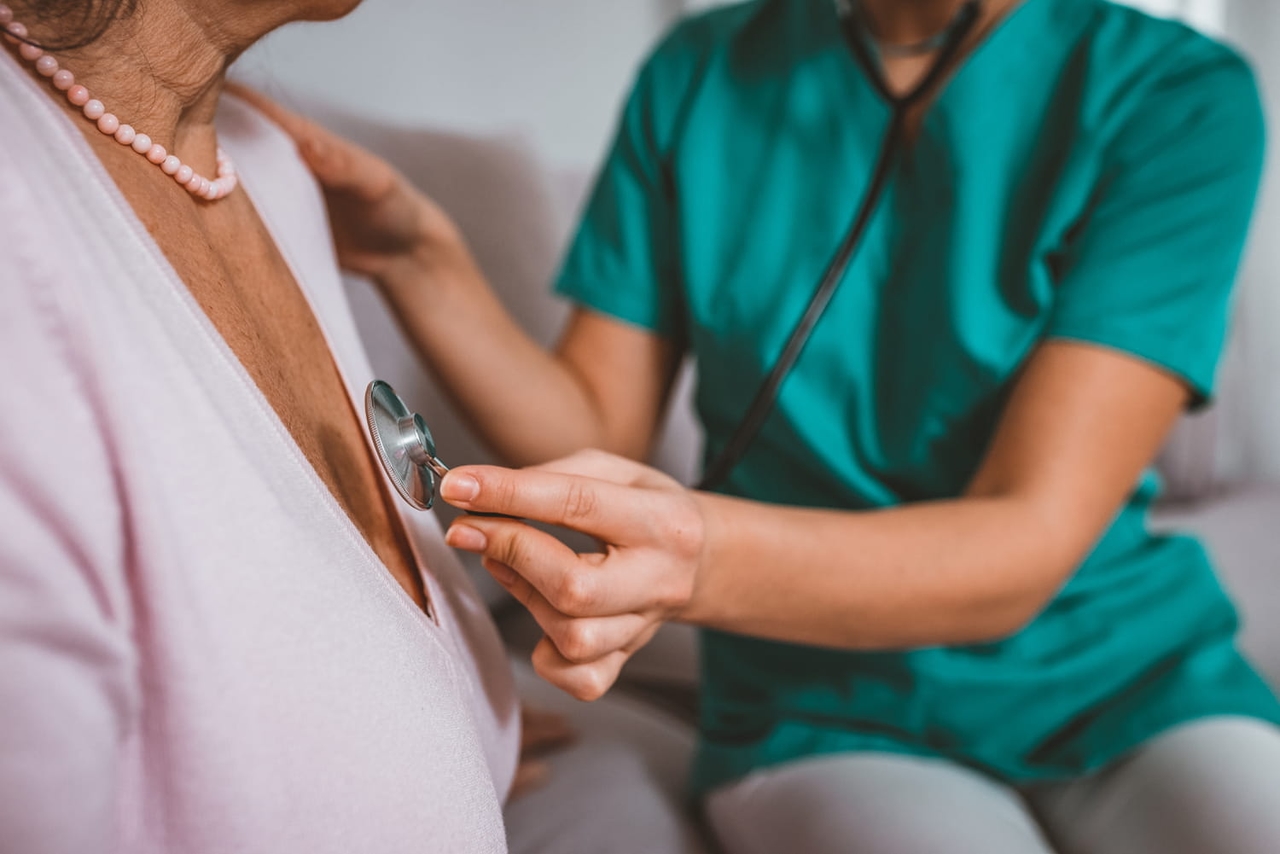Health. Stroke: Here are the five symptoms to recognize

World Stroke Day this Wednesday, October 29th, is an opportunity to remember the early signs of a stroke. As a reminder, a stroke is a serious health event characterized by a sudden neurological deficit caused by a disruption of blood flow or hemorrhage in the brain.
Its origin can be the obstruction of a cerebral artery by a clot, in which case it is called an ischemic stroke (80%), or the rupture of an artery leading to hemorrhage. This is then called a hemorrhagic stroke (20%).
A stroke is an absolute emergency. Every minute lost results in the death of 2 million neurons. Therefore, if a stroke is suspected, calling 15 (the French emergency number) is crucial. It is also important to know how to recognize the signs of a stroke. In a press release published on October 28, the French National Authority for Health (HAS) reiterated the telltale symptoms:
- facial paralysis;
- paralysis of an arm or a leg;
- speech or language disorders;
- loss of sight in one eye, on one side of the visual field or double vision;
- a balance or gait disorder.
"The sudden onset of at least one of the following five symptoms is suggestive of a stroke or transient ischemic attack (TIA) and requires an immediate call to 15 (114 for deaf, blind, hard-of-hearing or aphasic people who are alone at the time of the event)," notes the HAS.
What prevention measures are in place?A severe stroke can lead to death within hours; this was the case for 25% of victims in 2022 (out of 120,000 cases). "The majority of strokes leave permanent after-effects, which can be more or less severe: quadriplegia, hemiplegia, aphasia. Disabilities described as invisible are also significant: fatigue, difficulty concentrating, anxiety, irritability," details the Court of Auditors in its report, Prevention and Management of Strokes, published on October 28.
However, according to the experts at the Court of Auditors, "prevention, in the broader sense of informing the public about stroke to encourage early warning, and ensuring the public's awareness of stroke symptoms and the importance of calling 15 (the French emergency number), remains far from perfect." They recommend a national communication strategy to raise public awareness of stroke and the importance of calling 15 in an emergency.
For better screening of high blood pressureThe Court of Auditors also emphasizes the need for prevention, which is not, however, the subject of a specific policy. "It is linked to that of cardiovascular diseases, with which it shares associated risk factors, both behavioral (tobacco, alcohol, diet, sedentary lifestyle) and metabolic (high blood pressure, diabetes, cholesterol). However, the specific hierarchy of risk factors for stroke is not sufficiently taken into account," the report states.
Therefore, it is recommended to do more to combat high blood pressure, the main risk factor for stroke. This should be "a priority in prevention policy." It is also recommended to develop an action plan aimed at improving the screening and management of high blood pressure.
In its report, the Court of Auditors makes 10 recommendations. One of them is the creation of a new stroke plan enabling efficient management of the organization of care pathways for stroke victims by the Ministry of Labour, Health, Solidarity and Families.
Le Progres





